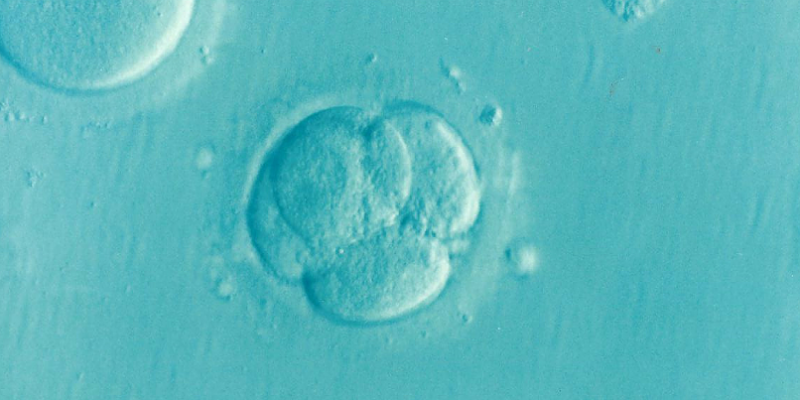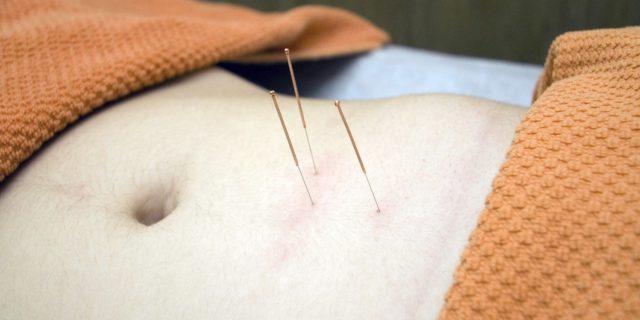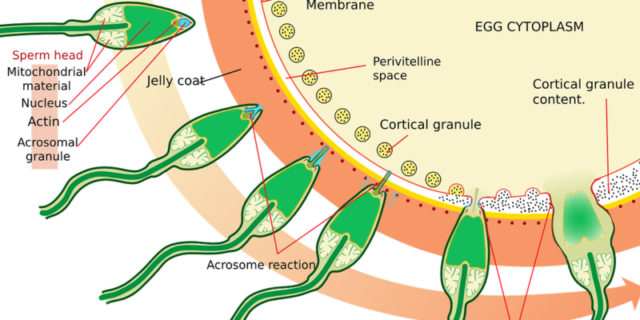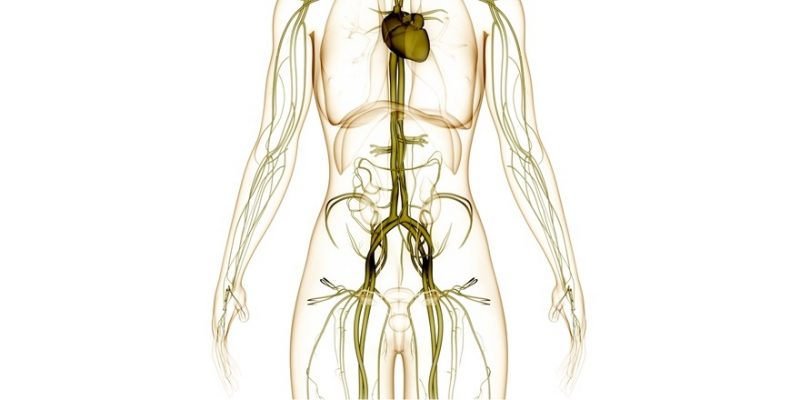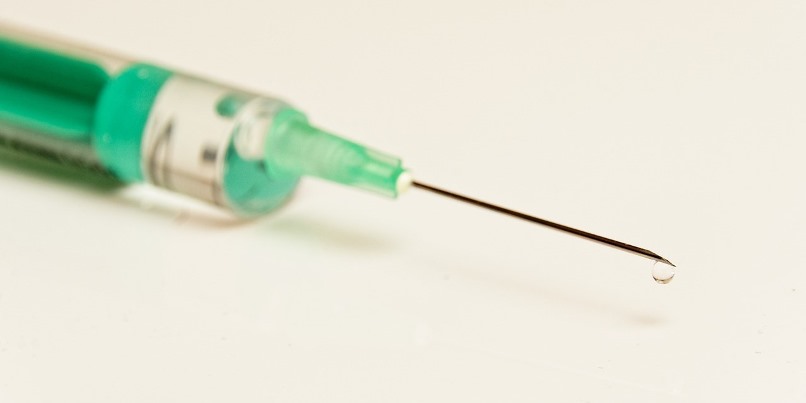
Intrauterine Insemination (IUI) is a type of artificial insemination that places sperm directly inside the uterus. It’s a rather low-cost, simple procedure and can augment the chances of pregnancy. The goal is to get sperm closer to the egg around the time of ovulation.

Depending on the case, it may be that a woman takes fertility medication beforehand to stimulate egg ripening and ovulation. The sperm may come from a partner or a donor. Before the actual insemination, the sperm is “washed,” which means that an amount of healthy sperm is prepared and collected to insert in the uterus.
Reasons to use IUI may be donor sperm, unexplained infertility, endometriosis-related infertility, mild male factor infertility (for instance, weak motility or abnormal morphology), cervical-related factor infertility, or semen allergy, to name some of the most common issues.
During the actual IUI procedure, a thin, flexible tube is pushed through the cervix into the uterus. With a small syringe the sperm is inserted through the tube. The whole procedure takes perhaps only ten to fifteen minutes and is usually painless.









